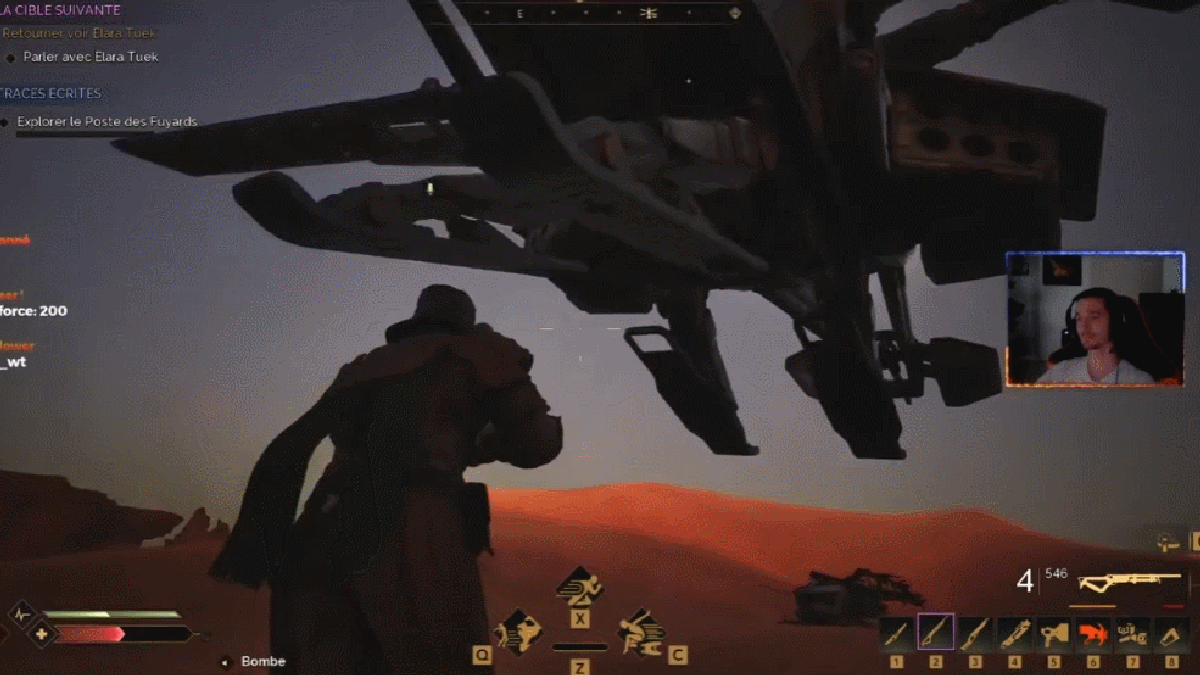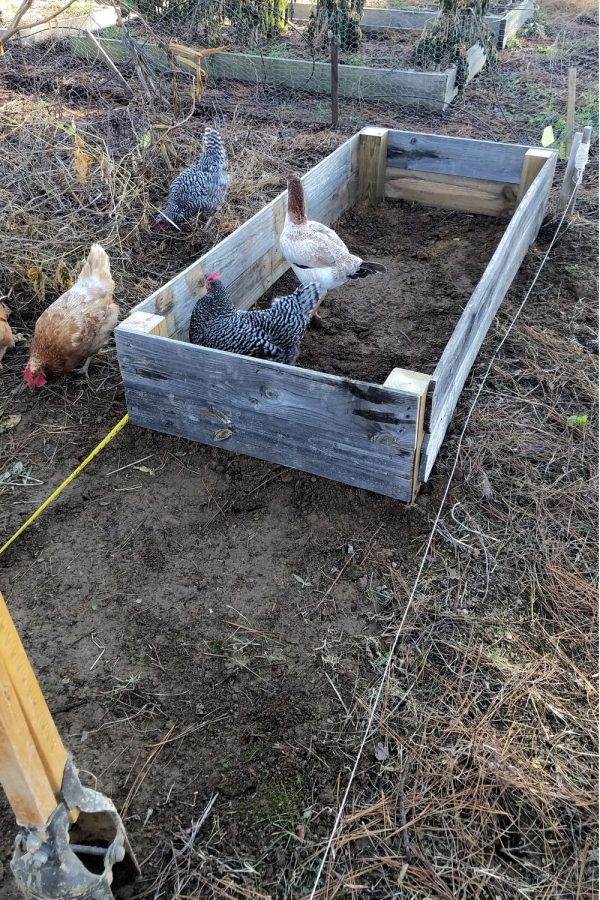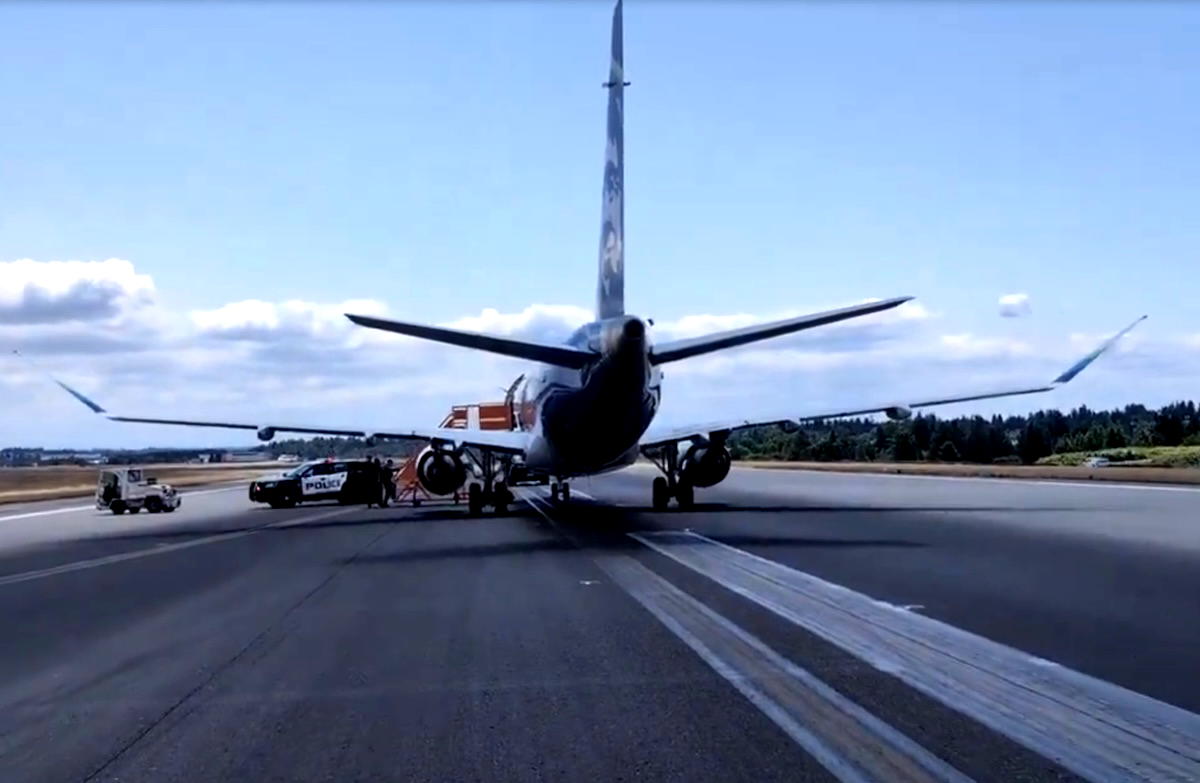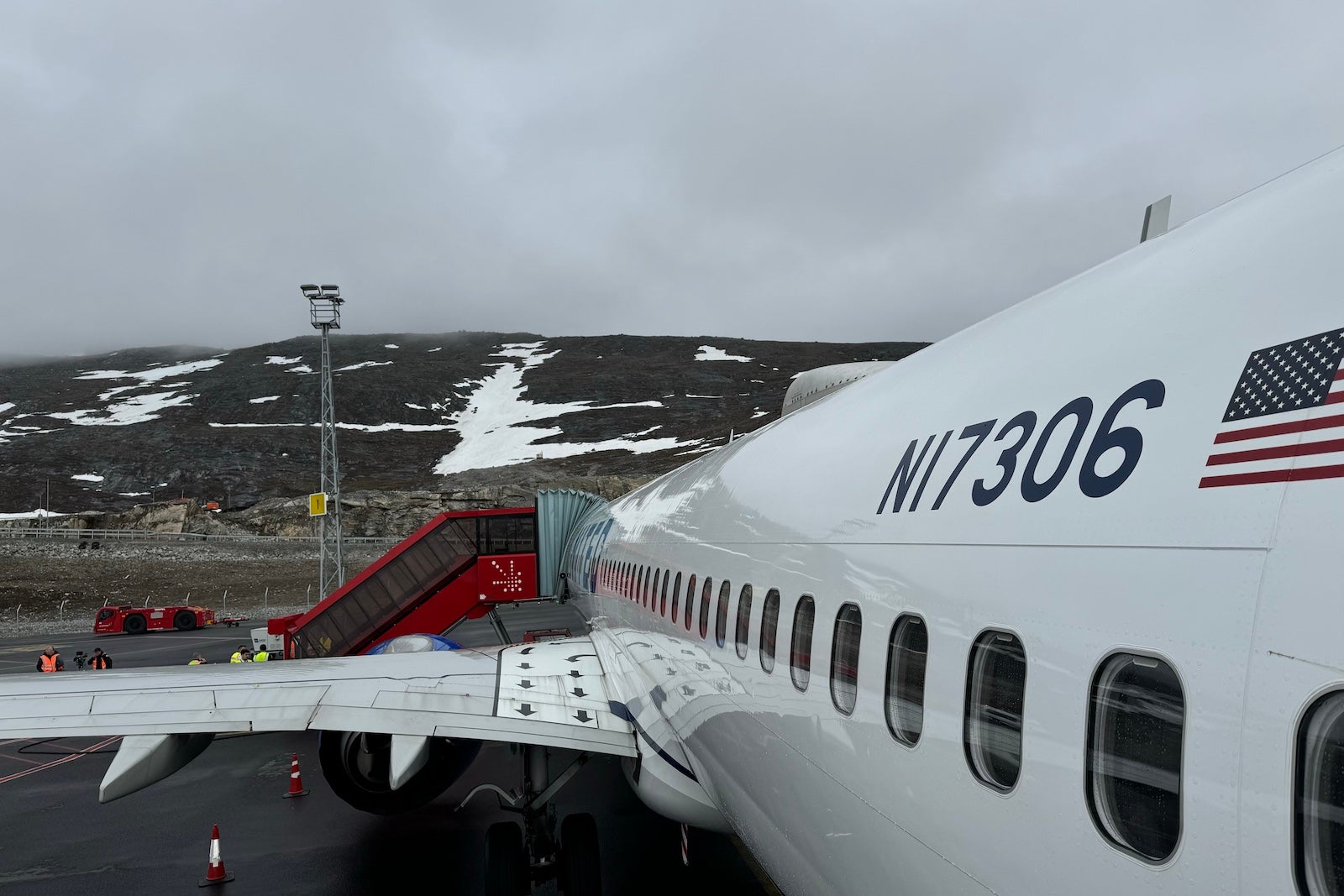Air India Boeing 787 Ram Air Turbine Deployed Before Crash: A Major Clue
A few days ago, we sawthe tragic crash of an Air India Dreamliner, as the plane struggled to gain altitude after takeoff. As of now, there are a lot more questions than answers, and it’s too soon to know what caused this. However, contextually we’re starting to get more clues as to what may have happened, and it points to a nightmare scenario (not that there’s any sort of crash of this magnitude that isn’t horrifying).

A few days ago, we saw the tragic crash of an Air India Dreamliner, as the plane struggled to gain altitude after takeoff. As of now, there are a lot more questions than answers, and it’s too soon to know what caused this. However, contextually we’re starting to get more clues as to what may have happened, and it points to a nightmare scenario (not that there’s any sort of crash of this magnitude that isn’t horrifying).
Air India Boeing 787 lost power, causing RAT deployment
In a post yesterday, I shared a video by popular YouTuber Captain Steeeve (who is a Boeing 777 captain), analyzing what we know about the accident based on the evidence so far. I shared the video because it provided a useful explanation of the concept of lift vs. thrust on a wide body jet.
However, as I mentioned at the time, I think he was drawing too many conclusions with the scenarios he shared. For example, he suggested that one of the pilots may have accidentally retracted the flaps rather than the landing gear. So there’s now an interesting update, as he has already changed his theory within 24 hours, completely eliminating the previous scenario. This also seems more grounded in what we actually know, vs. speculating.
Within hours of the crash, we saw a version of the below video, showing the doomed Dreamliner taking off, and eventually crashing into the ground. What has changed is that within the past 24 hours, a higher definition version of this video has been released, since the first version was basically a video of the video. This version has much better picture and sound quality.
Based on this video, it seems certain that the Ram Air Turbine (RAT) was deployed after takeoff. For context, below is a demonstrator video of a RAT on this exact type of aircraft, demonstrating both how it looks and sounds.
What’s the purpose of the RAT? It’s a small propellor that deploys underneath the fuselage, to provide emergency electrical power when power is lost. Obviously if you’re at a high altitude, this can save an aircraft, but when you’re just hundreds of feet off the ground, that won’t help you all that much.
In an updated video, Captain Steeeve provides a new analysis based on that detail. To be clear, he doesn’t speculate as to what caused the accident, but rather confirms that it’s certain that the RAT was deployed, and he bases this on three details:
- We can see the RAT — it’s the small black thing underneath the fuselage, and you can also see the RAT “door” open
- We can hear the RAT — it sounds like a propellor, rather than your typical 787 engines
- The sole survivor of the crash explained the lights flickered after takeoff, which is consistent with a RAT deployment
As Captain Steeeve explains, the RAT deploys when an aircraft has an electrical failure, a hydraulic failure, or a dual engine failure.
A separate but unrelated detail that’s pointed out is that the plane took off on a roughly 11,500-foot runway, and the plane seemingly used almost the entire runway. While it was a hot day and the plane had close to a full load, it’s not normal for a 787 to use that much runway.
The Aviation Herald also reports that preliminary findings by the Directorate General of Civil Aviation (DGCA) suggest that a bird strike has been ruled out (as no bird carcasses were found), and that aircraft loading was routine, so a load problem is unlikely.
This scenario is any pilot’s worst nightmare
It goes without saying that any sort of fatal aviation accident is terrible. But this kind of an accident is a special kind of terrible. To think that these pilots were accelerating down the runway expecting to climb up to their cruising altitude, only to suddenly no longer be able to climb.
This also happened in such a short timeframe. Presumably they didn’t notice any issues before reaching their “V1” speed on the takeoff roll, or else they would’ve rejected the takeoff. So somewhere in the seconds between that and when the plane started sinking, something went very wrong.
We’ll have to wait for the results of the investigation to determine why the RAT deployed, and why the plane suddenly lost power. A dual engine failure on takeoff without a bird strike is exceptionally rare.
I’m sure black box details will be released soon, which will hopefully provide more clues about what happened. I would imagine both the cockpit voice recorder and flight data recorder will be very revealing.
Bottom line
Higher quality video footage has been released of the Air India Boeing 787 crash in Ahmedabad, and it makes it pretty clear that the Ram Air Turbine (RAT) deployed shortly before the crash. You can see it, you can hear it, and it’s consistent with the account of the sole survivor.
The big question is why the 787 would lose power within moments of becoming airborne, since that’s not something that’s ever supposed to happen, especially with no signs of a bird strike…
What do you make of this Air India Boeing 787 RAT discovery?













































































































































































.jpg)













































































